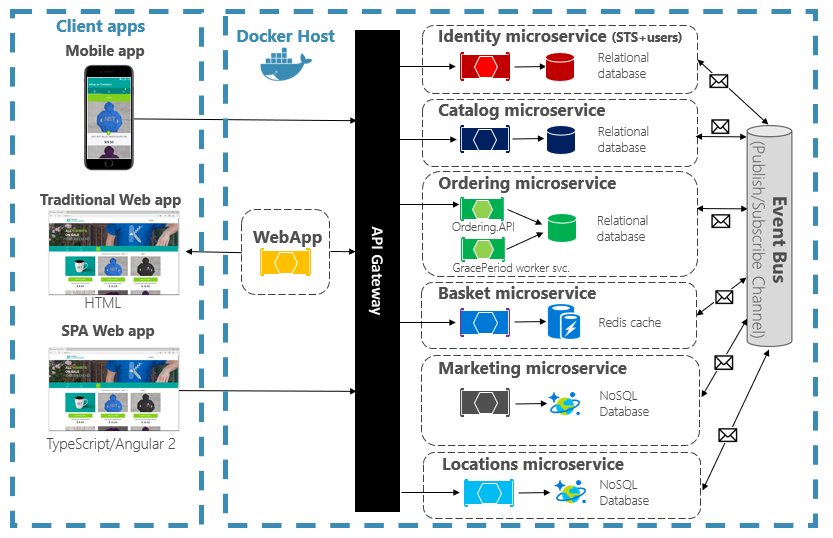Cloud-native architecture is a design philosophy for building scalable, resilient, and agile applications that are hosted in the cloud. It is based on a number of principles, including:
- Microservices: Applications are broken down into small, independent services that can be scaled and deployed independently.
- Containers: Services are packaged in containers, which are lightweight, portable, and self-contained units of software.
- Continuous delivery: Applications are continuously built, tested, and deployed to production.
- DevOps: Development and operations teams work together to deliver applications quickly and reliably.
Cloud-native architecture can offer a number of benefits over traditional on-premises architectures, including:
- Scalability: Cloud-native applications can be scaled up or down as needed, which can help to improve performance and reduce costs.
- Resilience: Cloud-native applications are more resilient to failures, as they can be deployed across multiple instances.
- Agility: Cloud-native applications can be updated quickly and easily, which can help to keep up with changing business needs.
However, there are also some costs associated with cloud-native architecture, including:
- Infrastructure costs: Cloud-based infrastructure can be more expensive than on-premises infrastructure, especially for peak traffic.
- Engineering costs: Cloud-native applications require a different skillset to build and maintain than traditional on-premises applications.
- Learning curve: There is a learning curve associated with cloud-native architecture, which can make it difficult for organizations to get started.
Overall, the costs of cloud-native architecture can vary depending on the specific application and the organization’s needs. However, there are a number of ways to optimize cloud-native costs, such as:
- Using a pay-as-you-go model: This can help to reduce costs during periods of low traffic.
- Optimizing resource utilization: This can help to reduce costs by ensuring that resources are only used when needed.
- Using cloud-native tools: There are a number of tools available that can help to automate cloud-native operations and reduce costs.
By carefully considering the costs and benefits of cloud-native architecture, organizations can make an informed decision about whether or not it is the right choice for their needs.
Here is a more detailed breakdown of the costs associated with cloud-native architecture:
- Infrastructure costs: The cost of cloud-based infrastructure can vary depending on the specific cloud provider and the type of resources that are used. However, in general, cloud-based infrastructure is more expensive than on-premises infrastructure. This is because cloud providers charge for resources on a pay-as-you-go basis, which means that organizations only pay for the resources that they use. On-premises infrastructure, on the other hand, is typically purchased upfront, which means that organizations have to pay for resources even if they are not using them.
- Engineering costs: Cloud-native applications require a different skillset to build and maintain than traditional on-premises applications. This is because cloud-native applications are typically built using microservices and containers, which are different technologies than those used for traditional on-premises applications. As a result, organizations may need to hire new engineers or retrain existing engineers in order to build and maintain cloud-native applications.
- Learning curve: There is a learning curve associated with cloud-native architecture, which can make it difficult for organizations to get started. This is because cloud-native architecture is a relatively new concept, and there is not as much documentation or training available as there is for traditional on-premises architecture. As a result, organizations may need to invest in training or consulting services in order to get started with cloud-native architecture.
Here are some tips for optimizing cloud-native costs:
- Use a pay-as-you-go model: This can help to reduce costs during periods of low traffic. For example, if an organization only needs to use a certain amount of resources during peak traffic, they can use a pay-as-you-go model and only pay for the resources that they use.
- Optimize resource utilization: This can help to reduce costs by ensuring that resources are only used when needed. For example, organizations can use tools to automatically scale their applications up or down based on demand.
- Use cloud-native tools: There are a number of tools available that can help to automate cloud-native operations and reduce costs. For example, organizations can use tools to automatically deploy and manage their applications in the cloud.
By following these tips, organizations can optimize cloud-native costs and get the most out of their cloud-based infrastructure.

